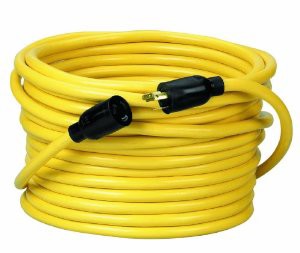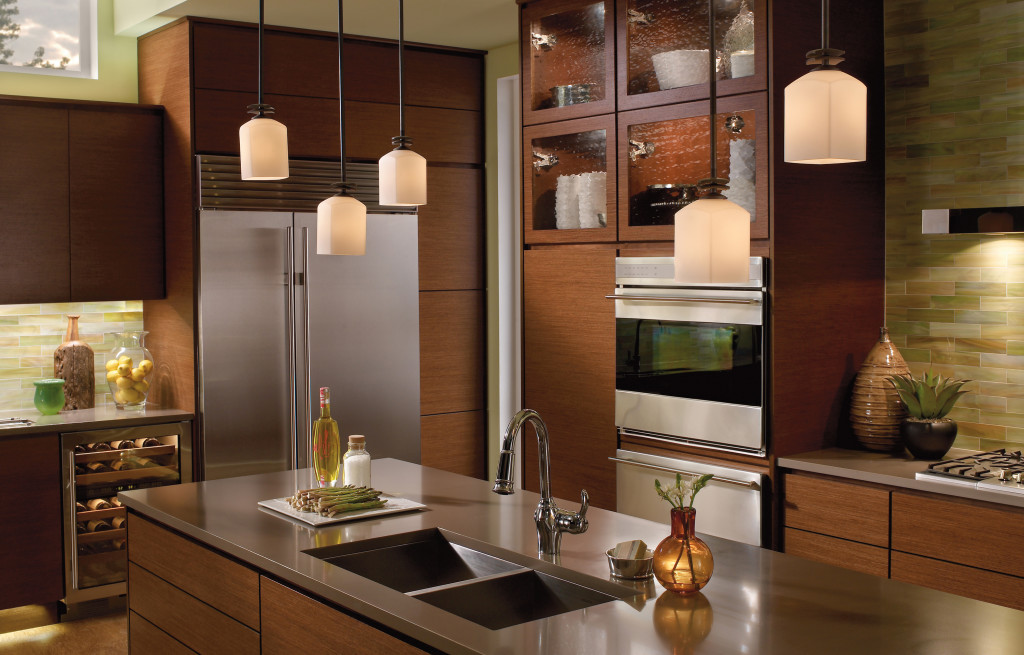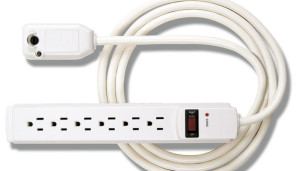7 Tips for Outdoor Extension Cord Safety
 Every year, hundreds of avoidable accidents are caused by old or improperly used extension cords. Before you gear up for all those projects, review our tips!
Every year, hundreds of avoidable accidents are caused by old or improperly used extension cords. Before you gear up for all those projects, review our tips!
Stay out of the water
– Never run an extension cord through water or snow
– Be especially careful if using them near water sources, like pools, sprinklers, hot tubs, ponds, or streams
– If you are using multiple extension cords, wrap the connection tightly with electrical tape – this helps prevent moisture from leaking in and keeps them from pulling apart
Stay out of the way
– Make sure cords are not in the way of foot traffic
– Do not let the extension cords dangle off furniture or anywhere they can snag someone’s foot
Keep ‘em cool
The passage of electricity generates heat, and that heat needs to escape. Therefore:
– Keep extension cords uncovered when in use
– Never run them through walls, ceilings, or floors
– Unplug the cord immediately if it feels hot to the touch
They are not permanent
– Extension cords are for temporary uses, like powering lights for an event or running a tool
– They should never be used as a substitute for permanent wiring
– If you need a permanent power supply, install mounted outlets instead
Do not over-extend them
– A single extension cord should not be used to power more than one appliance
– Plug extension cords directly into a three-prong mounted outlet
– Multi-outlet extension cords should be used on their own; not plugged into another extension cord
Not all extension cords are the same
– Check whether your cords are rated for indoor or outdoor use
– Make sure the wattage allotment matches the tool you are using
– Use extension cords with three-prong grounded plugs
– Never remove a ground pin (the third prong) from an extension cord or appliance and force them to fit into a two-prong outlet
Store them properly
– When you are done using your extension cords, be sure to unplug them, coil them up and hang them properly indoors
– Before each use, inspect your extension cords closely for exposed wires and cracks in the insulation – if you see those, it’s time for a new one
Extension cord safety is easy to implement but also easy to ignore. By following these simple guidelines, you can keep yourself safe while completing all of your projects.



Recent Comments